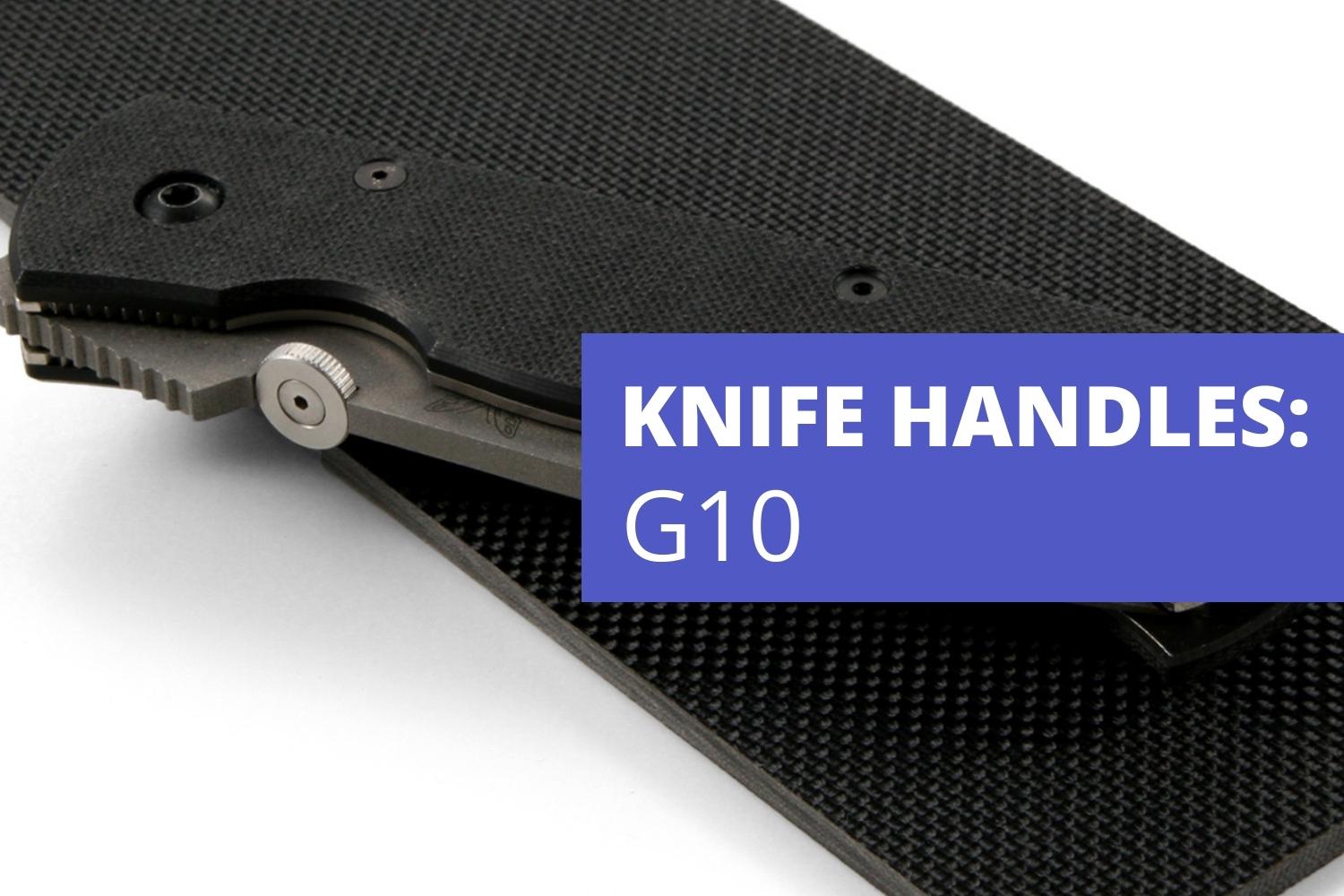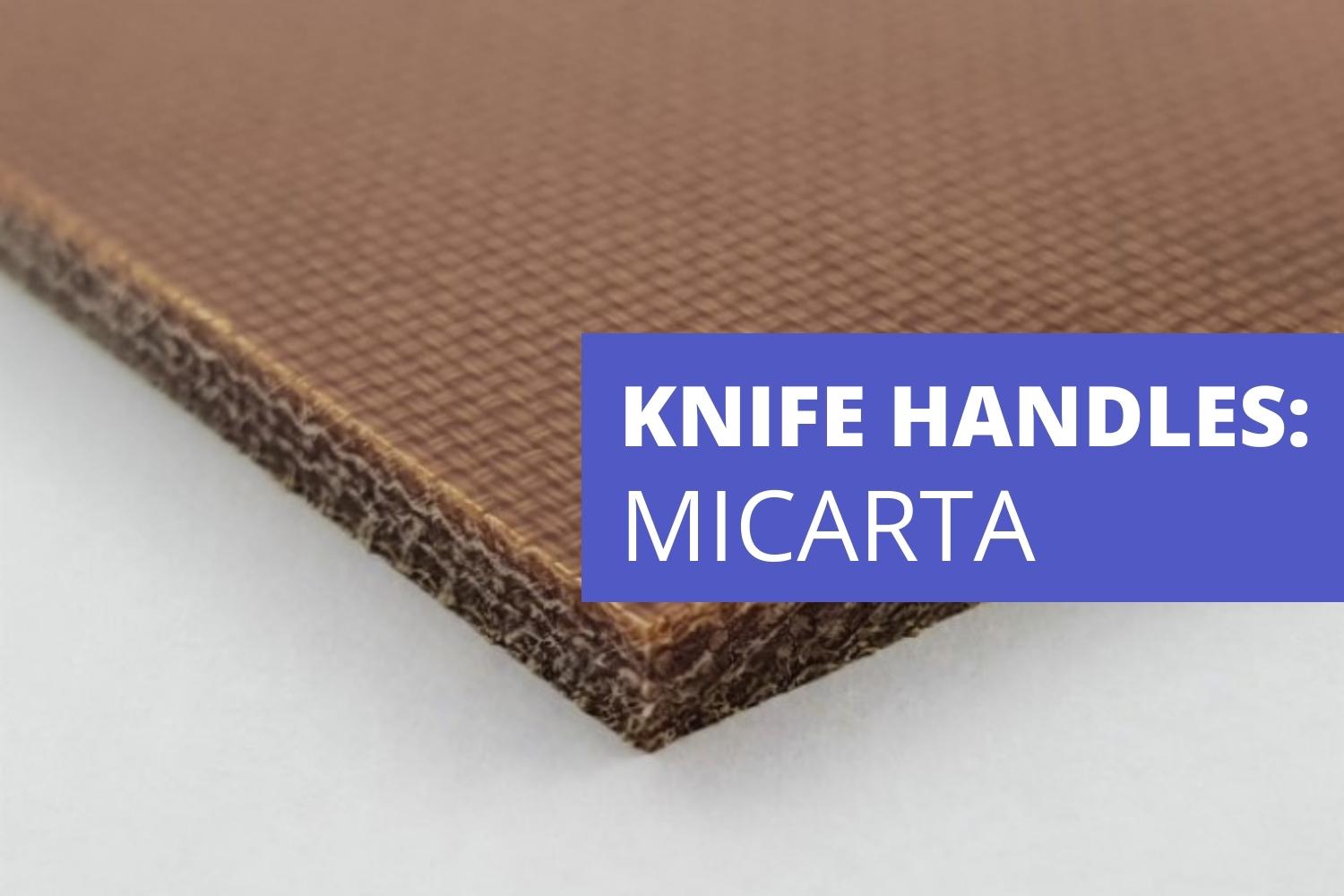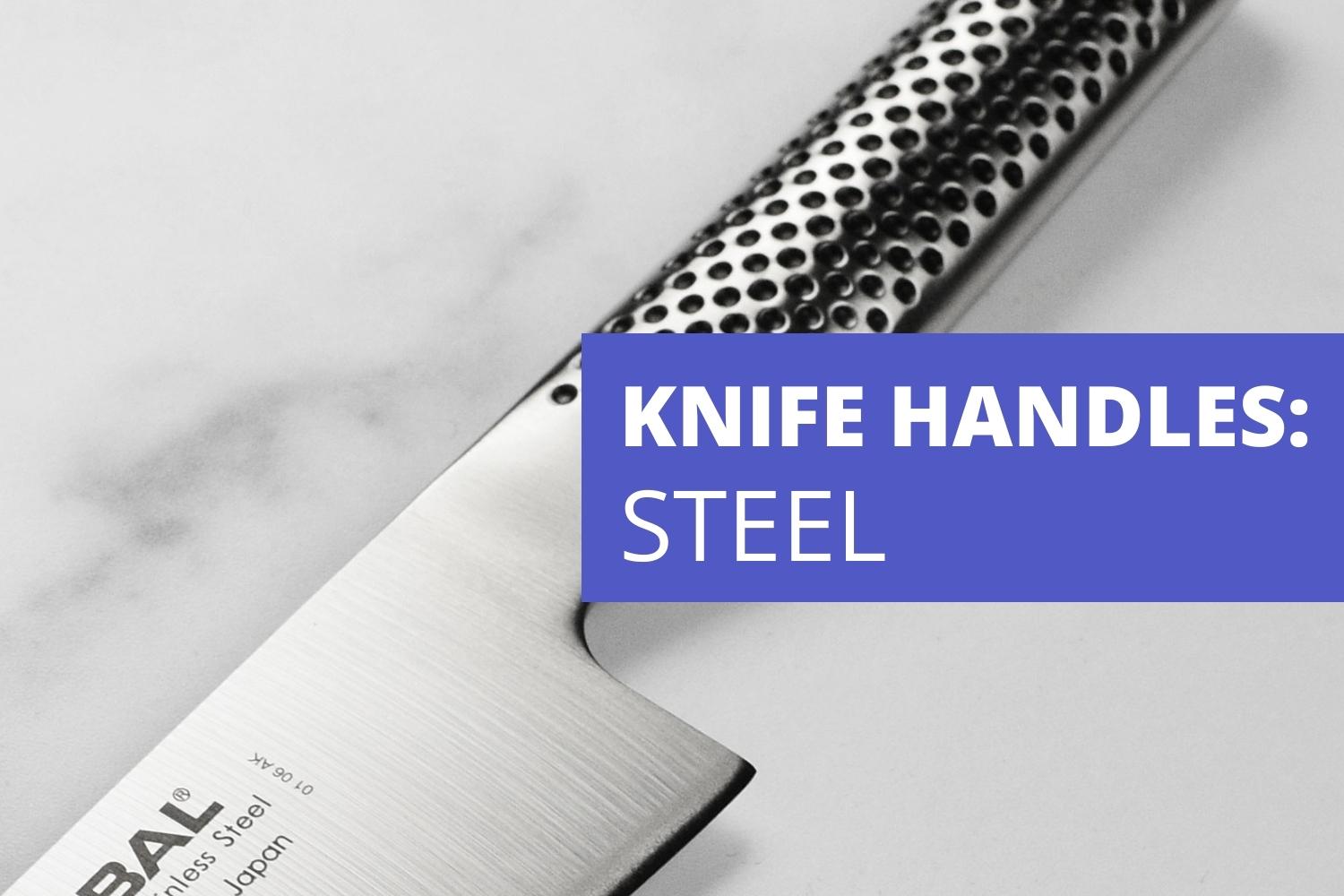Knife handles are as important as the blade type. Choosing a suitable one is essential to get the most out of your kitchen knife. That means improving your knife skills such as cutting, slicing, and dicing. If you dive into extensive research regarding the best knife handle material, you’ll come across many options, and on top of it is the G10 kitchen knife handle.
G10 handles are composed of layers of fiberglass material soaked in epoxy resin. After being absorbed in the reinforcement, it is induced in high heat compress pressure until it shapes and hardens. Similar to Micarta and Carbon Fibers, G10 undergoes thermosetting. However, G10 is proven to be a rigid and durable material in knife making.
Similar to G10, Micarta uses composite materials such as canvas, paper, linen, and burlap fused with resin and thermoset. Fiberglass is known to be more lightweight which makes kitchen knives easier to handle.
One of the main reasons G10 is used in knife handle production is its toughness, resilience and inert properties. It is used in commercial kitchens as it is relatively dishwasher safe, and will not bloat if exposed to high temperature and water damage.
They are very popular in the outdoor and survival knife industry due to their rigid and hard wearing structure. If it's good enough for the great outdoors, it's definitely worthwhile in the kitchen.
Famous G10 Knife Handles
One popular knife brand that uses G10 with over 150 years of experience in the industry of kitchen knife making is Boker Solingen of Germany. They use G10 on their Saga Chef Knife Stonewashed, Saga bread knife Satin, Saga Santoku Grenadill, and Saga Utility Knife Stonewashed.
Pros:
- There are a lot of advantages in using a kitchen knife with G10 handles. One of them is its durability. According to Rockwell Hardness, a scale based on indentation, G10 ranks at 110, higher than other handle materials. This means that the handle is extremely hard to break, slip and incur dents and scratches.
- G10 measures at 40,000+ PSI lengthwise and at 35,000+ PSI crosswise in terms of tensile strength, and about 60,000+ PSI flatwise and 35,000+ PSI edgewise for its compression strength. The material does not corrode or rust nor gets softer over time, unlike other handle materials such as wood and steel.
- The G10 kitchen knife handle also has water-resisting properties, giving a long-lasting usage in your kitchen.
- More to its advantages is its light weightiness that allows the knife to be handy and easy to use.
- Lastly is its customisation in shape and texture, which allows you to pick the right G10 handle that will fit your desired grip and design.
Cons:
- G10 handles, when held, have a plastic feel that makes them seem cheap. Although texture and appearance are less critical for knife usages, some collectors and famous chefs would prepare a more sophisticated and sleek-looking handle for kitchen knives such as wood.
- G10 handles soft finish can sometimes become a disadvantage for its grip performance. To avoid this, customisation or etching and carvings is added by knife makers.
- The manufacturing of G10 can cause large amounts of wastage and result in CO2 emissions. For a more eco-friendly material, choose Richlite.




